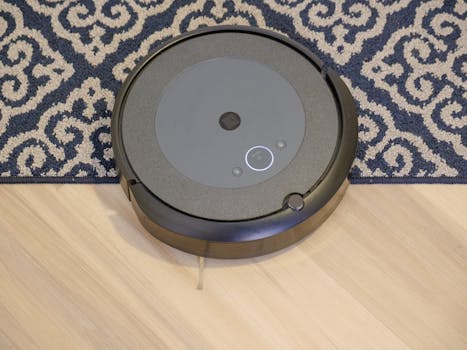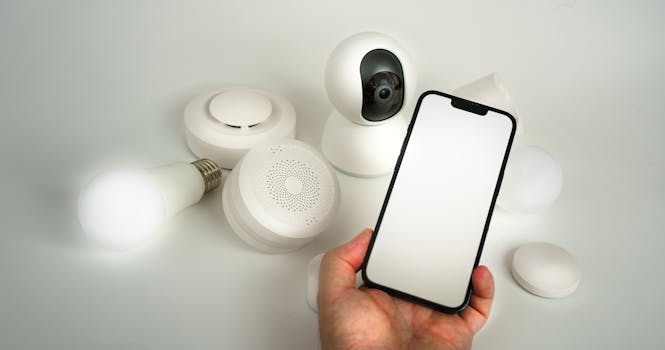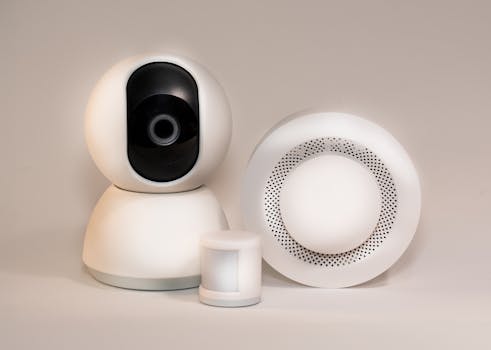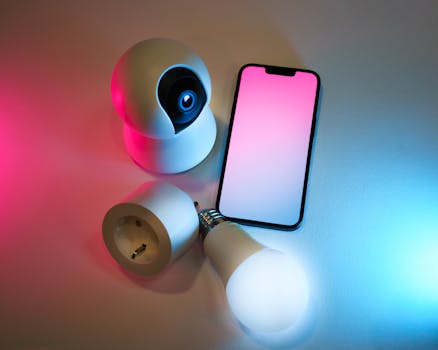
Home Automation in 2025: The Smart Home Ecosystem
Home Automation in 2025: The Smart Home Ecosystem has become a reality, changing the way we live, work, and interact with our homes. With the integration of artificial intelligence, Internet of Things (IoT), and voice assistants, our homes are becoming smarter, more efficient, and convenient.
Introduction to Home Automation

Home automation refers to the use of technology to control and monitor various aspects of our homes, such as lighting, temperature, security, and entertainment systems. The goal of home automation is to create a comfortable, safe, and energy-efficient living space that can be controlled and monitored remotely.
Key Components of Home Automation

The smart home ecosystem consists of several key components, including:
- Sensors and devices: These are the hardware components that collect data and perform various functions, such as temperature sensors, security cameras, and smart light bulbs.
- Hub or gateway: This is the central device that connects all the sensors and devices, allowing them to communicate with each other and with the outside world.
- Software and apps: These are the programs that control and monitor the smart home devices, allowing users to interact with their homes remotely.
- Artificial intelligence and machine learning: These technologies enable the smart home system to learn and adapt to the user’s behavior and preferences, making it more efficient and convenient.
Benefits of Home Automation

Home automation offers numerous benefits, including:
- Energy efficiency: Smart home devices can optimize energy consumption, reducing waste and saving money.
- Convenience: Home automation allows users to control and monitor their homes remotely, making it easier to manage their time and daily routines.
- Security: Smart home security systems can detect and alert users to potential threats, such as intruders or fires.
- Comfort: Home automation can create a comfortable living space, adjusting temperature, lighting, and entertainment systems to the user’s preferences.
Challenges and Limitations

While home automation offers many benefits, it also faces several challenges and limitations, including:
- Cost: Smart home devices and systems can be expensive, making them inaccessible to many users.
- Compatibility: Different devices and systems may not be compatible, making it difficult to integrate them into a single smart home ecosystem.
- Security: Smart home devices can be vulnerable to cyber attacks, compromising user data and security.
- Complexity: Home automation systems can be complex and difficult to use, requiring technical expertise and support.
Future of Home Automation

The future of home automation is exciting and promising, with advancements in AI, IoT, and voice assistants. We can expect to see:
- More integrated and interoperable systems, allowing seamless communication between devices and systems.
- Increased use of voice assistants and natural language processing, making it easier to interact with smart home devices.
- Greater emphasis on energy efficiency and sustainability, with smart home devices and systems optimized to reduce waste and conserve resources.
- More affordable and accessible smart home solutions, making home automation available to a wider range of users.
Conclusion

In conclusion, Home Automation in 2025: The Smart Home Ecosystem is a reality that is changing the way we live, work, and interact with our homes. With its numerous benefits, including energy efficiency, convenience, security, and comfort, home automation is becoming an essential aspect of modern living. While it faces challenges and limitations, the future of home automation is promising, with advancements in AI, IoT, and voice assistants. As the smart home ecosystem continues to evolve, we can expect to see more integrated, interoperable, and sustainable systems that make our lives easier, more convenient, and more enjoyable.






